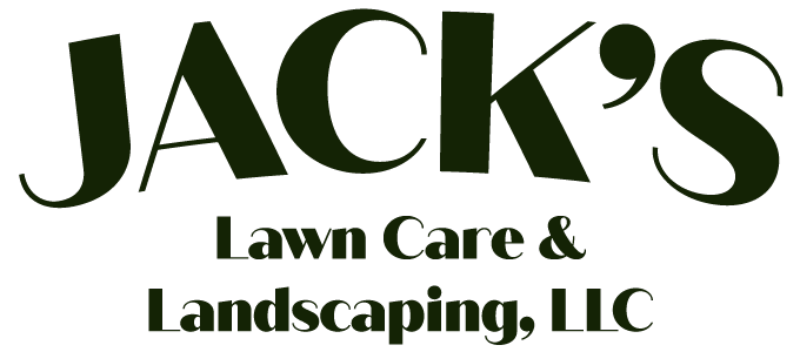Drought-resistant landscaping, also known as xeriscaping, is an excellent way to create a beautiful, sustainable garden that thrives with minimal water. With changing climate patterns and the increasing frequency of drought conditions, it’s becoming more crucial for homeowners to adopt landscaping practices that conserve water. This blog will explore the principles of drought-resistant landscaping, provide practical tips, and highlight the benefits of making your yard drought-tolerant.
Understanding Drought-Resistant Landscaping
Drought-resistant landscaping focuses on designing and maintaining gardens that require little to no supplemental irrigation. The term “xeriscaping” comes from the Greek word “xeros,” meaning dry, and “scape,” referring to a type of view or scene. This approach involves selecting plants that are native to your region or adapted to thrive in dry conditions, utilizing efficient irrigation methods, and employing soil management techniques to retain moisture.
Benefits of Drought-Resistant Landscaping
- Water Conservation: The most significant benefit of drought-resistant landscaping is water conservation. Traditional lawns and gardens can consume vast amounts of water, especially during the hot summer months. By transitioning to drought-tolerant plants and efficient irrigation systems, you can significantly reduce your water usage.
- Reduced Maintenance: Drought-tolerant plants generally require less maintenance than traditional lawns and gardens. They are often more resilient to pests and diseases, reducing the need for chemical treatments and frequent attention.
- Cost Savings: Lower water bills and reduced maintenance costs can lead to substantial savings over time. Additionally, many municipalities offer rebates and incentives for homeowners who convert to water-efficient landscaping.
- Environmental Benefits: Drought-resistant landscaping supports local ecosystems by promoting native plants, reducing chemical runoff, and decreasing the carbon footprint associated with lawn care and irrigation.
- Aesthetic Appeal: Contrary to popular belief, drought-tolerant gardens can be lush, colorful, and visually appealing. A well-designed xeriscape can enhance the beauty of your property and increase its value.
Principles of Drought-Resistant Landscaping
1. Planning and Design
- Start with a site analysis to understand your garden’s specific conditions, such as soil type, sun exposure, and existing vegetation.
- Develop a landscape plan that groups plants with similar water needs together. This concept, known as hydrozoning, ensures efficient water use.
- Incorporate hardscaping elements like patios, pathways, and rock gardens to reduce the overall area that requires watering.
2. Soil Improvement
- Improve soil health by incorporating organic matter such as compost. This enhances soil structure, increases water retention, and provides essential nutrients to plants.
- Mulching is crucial for conserving soil moisture, regulating temperature, and suppressing weeds. Use organic mulches like wood chips, bark, or straw to cover soil surfaces.
3. Efficient Irrigation
- Install a drip irrigation system or soaker hoses, which deliver water directly to the plant roots, minimizing evaporation and runoff.
- Water deeply but infrequently to encourage deep root growth. Early morning or late evening watering reduces water loss due to evaporation.
- Consider using rain barrels or other rainwater harvesting systems to collect and store water for garden use.
4. Plant Selection
- Choose native plants or those adapted to your region’s climate. Native plants are typically well-suited to local conditions and require less water and maintenance.
- Incorporate a variety of drought-tolerant plants, including succulents, cacti, ornamental grasses, and drought-resistant perennials. Some popular options include lavender, sage, yucca, agave, and sedum.
- Use groundcovers like creeping thyme or clover to reduce the need for traditional turfgrass, which demands significant water and upkeep.
5. Maintenance
- Regularly check and adjust your irrigation system to ensure it functions efficiently.
- Prune plants to remove dead or diseased branches, which helps conserve the plant’s energy and water resources.
- Continuously monitor soil moisture and adjust watering schedules based on weather conditions and plant needs.
Practical Tips for Implementing Drought-Resistant Landscaping
- Start Small: If transitioning your entire yard seems daunting, start with a small section and gradually expand your drought-resistant landscaping efforts.
- Incorporate Edible Plants: Many drought-tolerant plants, such as certain herbs and vegetables, can be included in your xeriscape, providing both aesthetic and practical benefits.
- Use Decorative Elements: Enhance your garden with decorative rocks, gravel, and sculptures to add visual interest without increasing water usage.
- Educate Yourself: Take advantage of local resources, such as gardening workshops, extension services, and online forums, to learn more about drought-resistant landscaping techniques and best practices.
By adopting these principles and practices, you can transform your yard into a sustainable oasis that thrives in drought conditions, reduces water consumption, and minimizes maintenance.
For those in the Charlottesville area looking to implement drought-resistant landscaping, Jack’s Lawncare & Landscape offers expert services to help you create a beautiful, water-efficient garden. With a commitment to sustainable practices and a deep understanding of local conditions, we can guide you through the process of designing and maintaining a xeriscape that enhances your property’s beauty and resilience.



